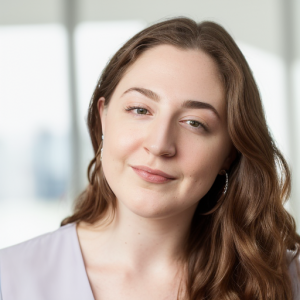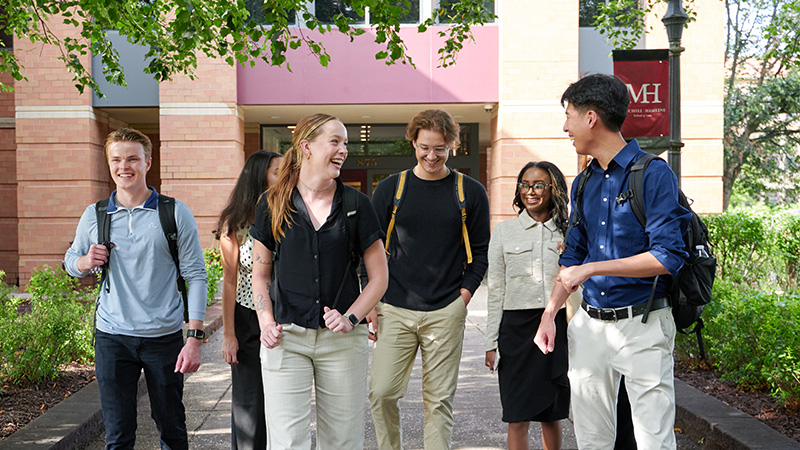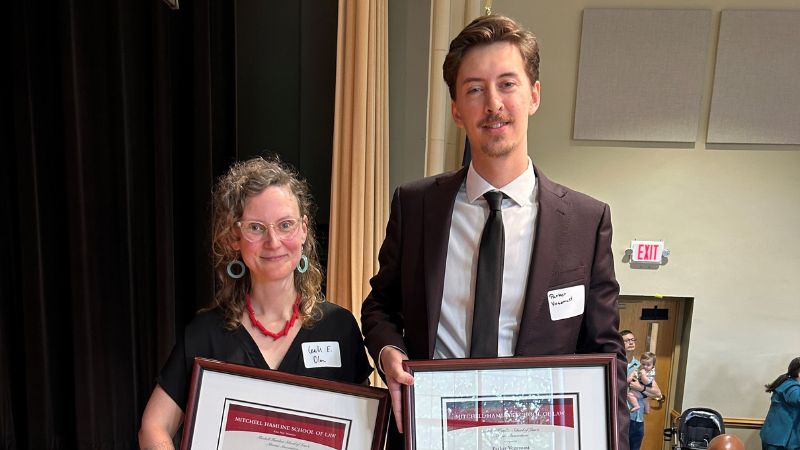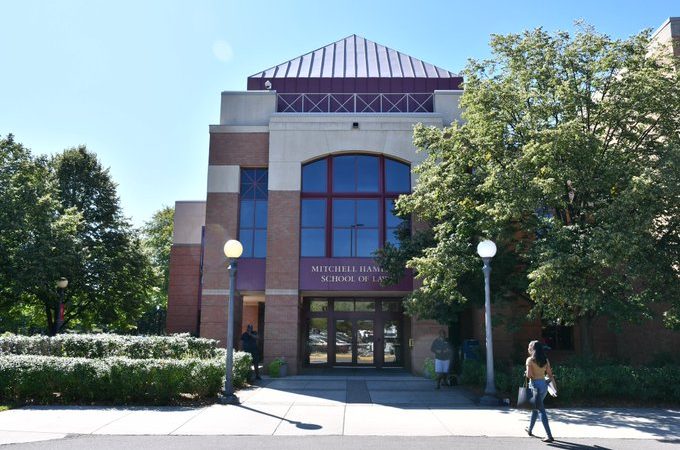
Student Kendra Luke
Mitchell Hamline student Kendra Luke had observed and even sat second chair at several court hearings during her time in law school. But she recently took her first lead on a case and won.
At issue was whether her client—a 17-year warehouse employee at a major corporation in Minnesota—had done anything to disqualify himself from receiving unemployment benefits after he was fired. After two hearings before an unemployment law judge at the Minnesota Department of Employment and Economic Development—including one that lasted four hours—Luke’s arguments that there had been no misconduct won the day.
“It was incredible to have the ability to take the lead on a case and even more gratifying to have helped my client,” said Luke, a fourth-year part-time evening student who will graduate this spring.
Luke came to the case through Mitchell Hamline’s Civil Advocacy Clinic, taught by Professor Peter Knapp. Enrollment is kept small, which allows students to work closely with Knapp on the cases he assigns. Knapp is also with students during official proceedings, though only as an observer.
In Luke’s case, the client arrived at work one day and was escorted off the jobsite. He had never received a final warning or report for the incident that triggered his termination, according to Knapp. It later emerged there were complaints that he hadn’t worn proper safety glasses. While the judge eventually agreed that was true, it wasn’t enough to deny him unemployment benefits.
“Kendra did an excellent job representing her client,” said Knapp. “Even though the employer and its representative didn’t show up for the first hearing, Kendra still had to convince the judge that her client had been fired for reasons other than misconduct.
“And she did exactly that.”

Professor Peter Knapp
The employer later appealed, and a second hearing was scheduled. By then, the semester was over, and Luke was technically done with the clinic. But she insisted on continuing her representation. “Kendra’s commitment to her client and her willingness to go the extra mile is exactly what has made clinical teaching so rewarding for me,” added Knapp.
Luke called the experience humanizing. In addition to all the work necessary to be the lead on a case, there was also a language barrier. Her client was a Somali immigrant who needed a translator for the hearing.
“When we think about the ideal client, it’s probably someone who can communicate easily with us and who shares many of the same life experiences,” said Luke. “But lawyers must venture out of their comfort zone. We all have different lived experiences, and if you don’t get those opportunities, you’re never going to be a great attorney because you’re not going to be able to relate to people who aren’t like you.”
Knapp added the case was bittersweet. While the client won benefits, the warehouse had been the only place he’d worked since emigrating to the United States. It’s where he learned English and made friends.
Luke called the Civil Advocacy Clinic one of the most valuable law school courses she’d taken. She differentiates between courses where students learn the law, and courses—like clinics—where students learn how to practice the law. “You can know all the law in the world, but if you don’t know how to use it and implement it and how to relate to your client, it’s meaningless,” she said. “And that was one of the reasons I wanted to come here to Mitchell Hamline is because of the clinic program.
“It’s so valuable to me to get that hands-on legal education.”






